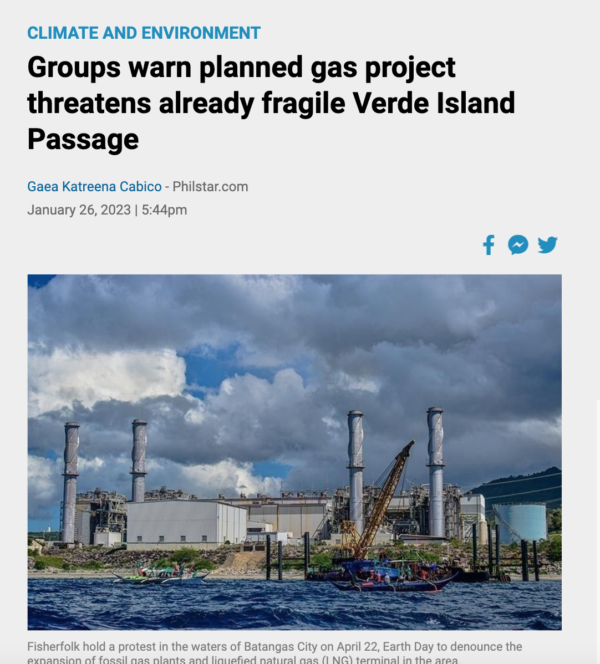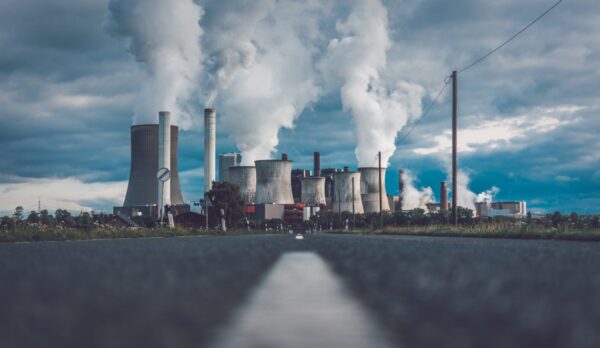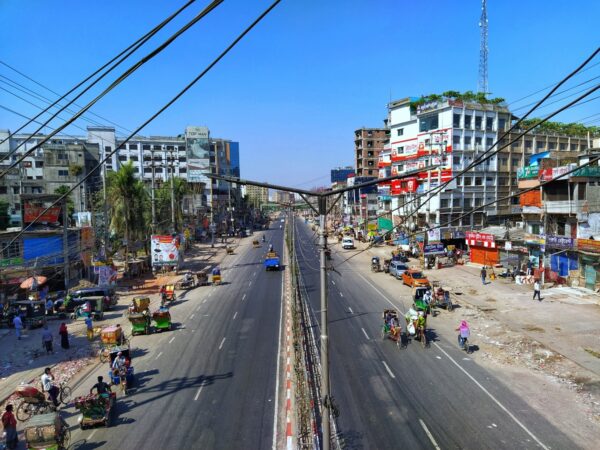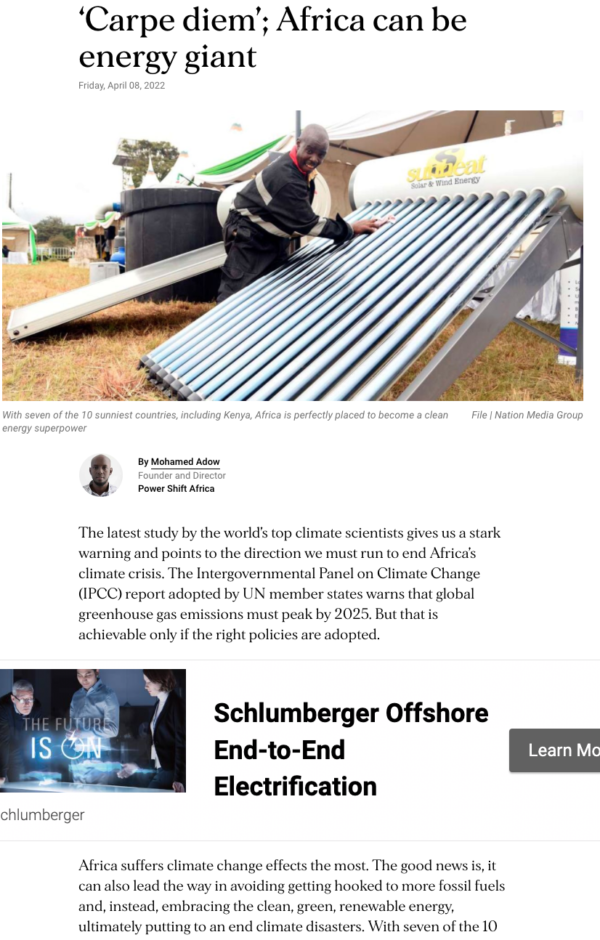Active

For the world to stay within the safer 1.5°C limit set down in the Paris Agreement, governments need to be more ambitious in their national emissions reductions plans.
To help them understand the level of ambition needed, we developed the 1.5°C national pathway explorer in collaboration with the IKEA Foundation. This web tool uses global and regional IPCC models and other scientific evidence to develop national and sectoral decarbonisation pathways.
Featured countries can refer to the tool when updating their national climate pledges (NDCs), Long-Term Low-Emission Development Strategies (LT-LEDS), and any other national climate and energy plans that need to align with the Paris Agreement.
The latest cycle of IPCC reports feature updated decarbonisation pathways that factor in new developments, such as the falling cost of renewables. We therefore plan to update the tool based on the latest science through to 2025.
Our country analyses are based on four elements:
- Global 1.5°C compatible pathways: the tool was created using custom-made models based on pathways in the IPCC special report on 1.5°C. Country profiles are currently being updated using the latest IPCC models (Sixth Assessment Report). Our scenarios are downscaled to the national and sectoral levels (electricity, transport, buildings, industry) and include policy analysis informed by stakeholder consultations.
- National land use pathways: many NDCs set sectorial targets, including emissions from Land Use Land Use Change and Forestry (LULUCF). To see if they align with the Paris Agreement, we plan to integrate land use emissions scaled down from the latest IPCC pathways with a set of country level assumptions, providing guidance on national forestry pathways.
- Investments required for sectors: the tool currently features national investment requirements for the power sector. In the next phase, we will further refine power sector investment needs by technology and add additional sectors, such as buildings, industry, or transport depending on the country context. The analyses will include investment costs, retirement schedules, infrastructure depreciation rates, and technology learning rates.
- Stakeholder engagement: we are consulting with national stakeholders to gather information on policies and developments to feature in the tool. All policy recommendations will be co-developed with national governments, multilateral bodies, regional and national policy institutes and civil society organisations.













